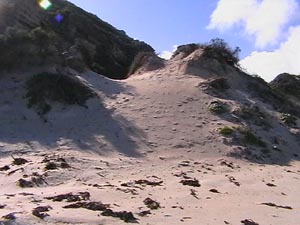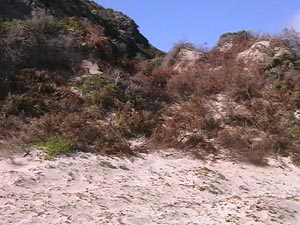Vision Statement
Our vision is to:
- provide a forum and voice for residents on matters that affect our coastal community
- protect and conserve our significant biodiversity and natural environment
- liaise and collaborate with all levels of government and other stakeholders in building a better community
- ensure a balance between residential, commercial and tourism interests, in keeping with and enhancing the unique character of our coastal community
- value and promote our community’s relaxed coastal lifestyle.
We represent the interests of coastal residents living from Kilcarnup north to Boodjidup Road south, west of Caves Road in Margaret River region of Western Australia.
Purpose
To be actively involved in coast care and to be a voice for residents on social, cultural and development issues, while working closely with our Local Government.
History
The organisation began in 1994 as Prevelly Wilderness Progress Association as a tool for community members to meet and discuss coastal infrastructure and development needs. We changed our name to the Margaret River Coastal Residents Association in 2005.
Present
We have an extremely high profile in regards to coast care, working with local Government, CoastCare, South West Cape to Cape Catchments Council, CoastSwap, Cape to Cape Catchments Council, Greencorps and Curtin University volunteers.
Structure
Our constitution allows for a President, Vice-President, Secretary, Treasurer and a Committee (of at least two members).
General meetings are held every two months – a quorum of five is required. The Annual General Meeting requires a quorum of seven.
Office Bearers:
President – Adrian Wilson
Vice President – Natalie Bell
Secretary – Matt Joyce
Treasurer – Mike Carr
Committee Members: Adrian Wilson, Natalie Bell, Genny Broadhurst, Janet Dufall, Clive Hodgson, Barry Walker, Mike Carr, Fernanda Gray, Sally Pyvis, Matt Joyce
Web Master
Clive Hodgson
Dune Rehabilitation
The dune rehabilitation work we undertake is designed to repair the ecosystem of the coast where people pressure has denuded the vegetation.
Our main focus is on rationalising access through the primary dunes and providing the means for these dunes to revegetate, thus encouraging the native fauna and flora to return. We also focus on educating the community and encouraging them to participate.
For an example of the type of rehabilitation work we do, view a presentation on coast care here (PowerPoint – 1 MB).

Eroded dunes.

Eroded dunes covered in brush to aid re-vegetation.